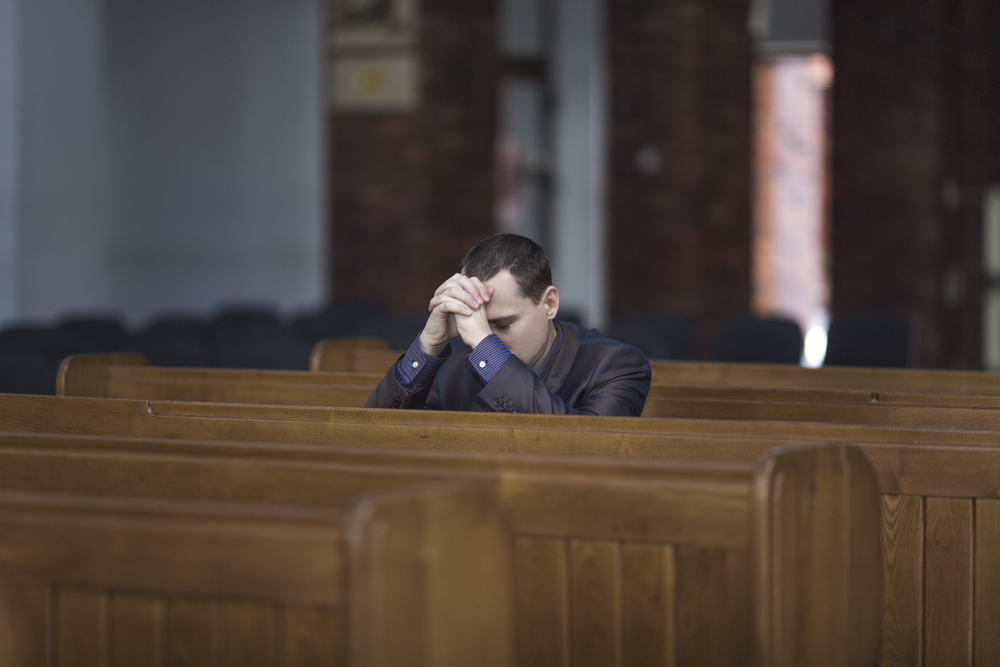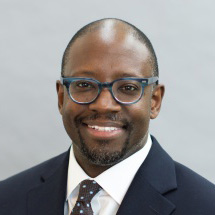Progressives are finally waking up to the reality that men and boys are struggling in America. On January 27, Andrew Yang posted a Twitter thread observing that “there’s a crisis among American boys and men that is too often ignored and is definitely going unaddressed.” Citing much of the data that I provided in part 1 of this series, Yang goes on to say, “The sidelining of this many boys and men has massive social, political and economic consequences.” As a politician, he believes that there needs to be a “policy agenda” to address the crisis. However, if Christianity has historically failed at helping men and boys in sustainable ways, it is not entirely clear how government, given its history of failures, would perform any better. In part 2 of this series, I would like to expand on solutions offered by Leon Podles in his book Losing the Good Portion: Why Men Are Alienated from Christianity.
To cut to the chase, Podles concludes that “men value their independence and resent clerical domination. The movements that reach men are mostly lay-led and lay-governed. The clergy should treat men and women as responsible adults, capable of running their own affairs.” Clergy- and parachurch-ministry-led attempts to reconnect men usually fade over time because men often find these initiatives uninspiring, dull, and bromidic. Clergy’s control historically saw them pushing men in the direction of their personal preferences and priorities, with their “solutions” for men seeking direction often limited to church life and church missions. Podles notes that, back when evangelicals protested men’s participation in sports, pastors sought to direct men to more sedentary and scholarly pursuits like “walks in the country, visits to botanical gardens, and the reading of works of biography and history.”
Throughout church history, there has been a consistent backlash over clerical overreach, if not domination, as many men generally found clergy unsuitable role models. Barbara Welter notes that 19th-century New England businessmen had a particular disdain for clergy as “people halfway between women and men.” Pastors were more at home in Sunday school and libraries rather than political clubs and salons because “they were typically recruited from the ranks of weak, sickly boys with indoor tastes what stayed at home with their mothers and came to identify with the feminine world of religion,” Podles explains. Christianity was such a female-dominated space that leaders warned, according to William Jamieson, that clergy having such unsupervised access to women made women more vulnerable to abuse. Laymen were simply not around.
Since the earliest days of the church, men have formed their own associations and brotherhoods, known as confraternities, as alternatives to clergy-preferred options. Confraternities are lay-led groups of men supporting each other locally in their journey to live out their vocations in the various dimensions of their lives. Clergy were not particularly supportive of these efforts because they included social gatherings, banquets, and religious displays not under their direct supervision. During the Protestant Reformation, Martin Luther denounced confraternities, and they disappeared in the Protestant world altogether. Canadian Catholic men had some success forming young men’s literary societies that included activities like tug of war, banjo clubs, free tobacco, billiards, and so on. Italian men had their fratelli and Spanish men had hermandadand the Cursillo. Protestants would later attempt to form brotherhoods around sports, missionary work and evangelism, fatherhood, fighting for social justice, therapeutic ministries, and the like, but again, they eventually faded.
Perhaps what is needed today is the reinvigoration of the lay-led confraternal spirit in local church communities if we really want to intervene effectively in the crisis affecting men and boys. Podles explains why such groups are necessary: “Men suffer from the existential loneliness that is the lot of every human being, and more so because of their drive for independence. Men seek to overcome this loneliness in the comradeship of fraternal movements, of fascism, of communism, of terrorist groups, or gangs, or war. Such ways are deceiving and destructive.” American boys are often taught that marriage or work will be a cure for their loneliness and alienation, but many men find out the hard way that one can be married, gainfully employed, and still incredibly lonely. Men need local, lay-led confraternities that resonate with their deepest longings and their desire for communion with their fellows, formed by local common interests. They need companions and friends “in the adventure of life and in the adventure that begins after this life,” concludes Podles.
Podles ends the book there and does not provide readers any sort of plan or the blueprint for what such confraternities would or should look like, which I believe is a brilliant decision. Paradigms and instructions given to men in the past have served only to dull local lay-led creativity in addressing men’s “existential loneliness.” Early morning Bible studies, workout and exercise groups, clergy-organized men’s groups, etc., all eventually fade. In today’s terms, if it has a website and a cookie-cutter program to be applied broadly, assume it will not last. Laymen in local communities need to take more ownership of their lives without needing to be spoon-fed or controlled by clergy. Laymen have been made far too passive by ready-made “resources” to help address their needs instead of being empowered to do what works outside the clerical gaze. Fathers have been sidelined into apathy far too long by youth workers and parachurch ministries.
Treating men like responsible adults means allowing laymen to do whatever works for them according to their local customs and theological preferences. Jesuits like Patrick M. Arnold argue that masculine spirituality, at minimum, needs some blend of competition, vulnerability, independence, initiation, adversity, responsibility, and accountability. Lutheran pastors like Jeffrey Hemmer stress that men need to sharpen each other in the drives they each have to “protect, provide, and procreate” and to come to understand their manhood in terms of “harnessing the natural power a man possesses and using it for the good of others around him.” This type of formation will require direction by lay peers whom men love, admire, and respect.
In the end, what Podles is calling for is the laity to get out of the pews and start addressing issues in their own communities. The men positioned to reverse the distressing rates of anxiety, depression, suicide, death by addiction, labor force disappearance, violence, and educational underachievement are not the ministry “professionals” but average guys who do not realize how much of an asset they are to their communities. Sebastian Junger accurately frames the key questions men must ask themselves: “How do you become an adult in a society that doesn’t ask for sacrifice? How do you become a man in a world that doesn’t require courage?” Answering those questions for the 21st century will not come from public policy agendas or celebrity pastors or parachurch ministries but will require the local leadership of the church’s laymen themselves.

